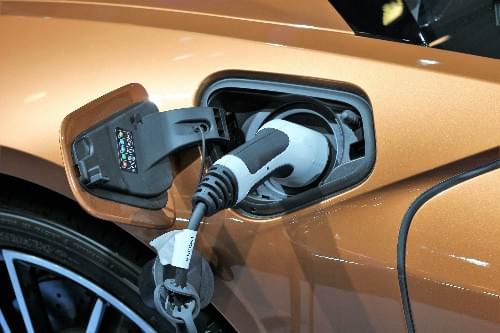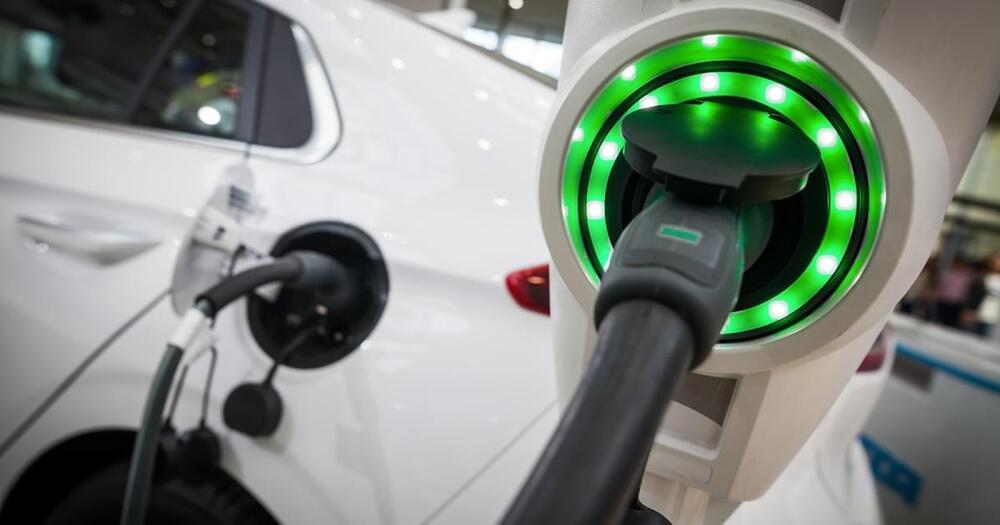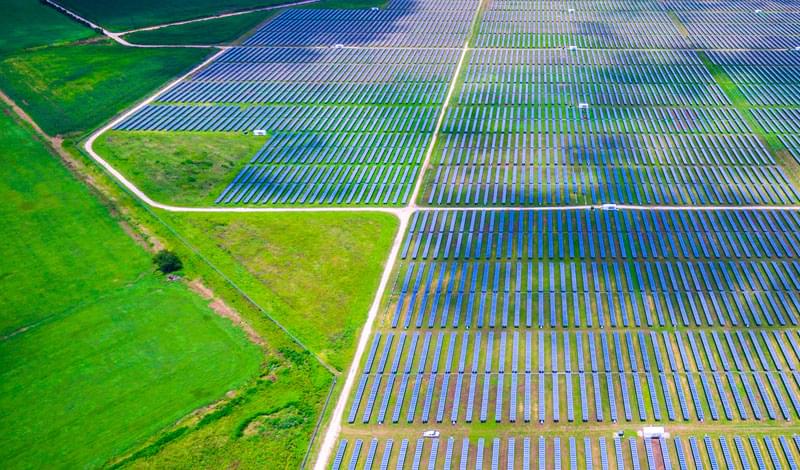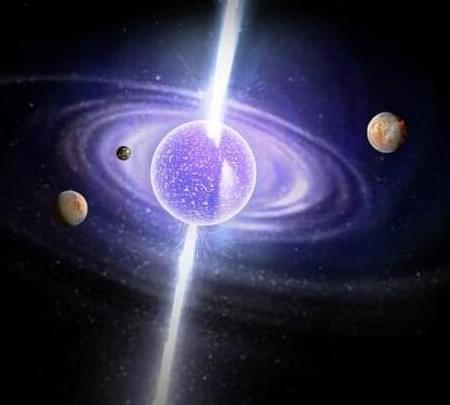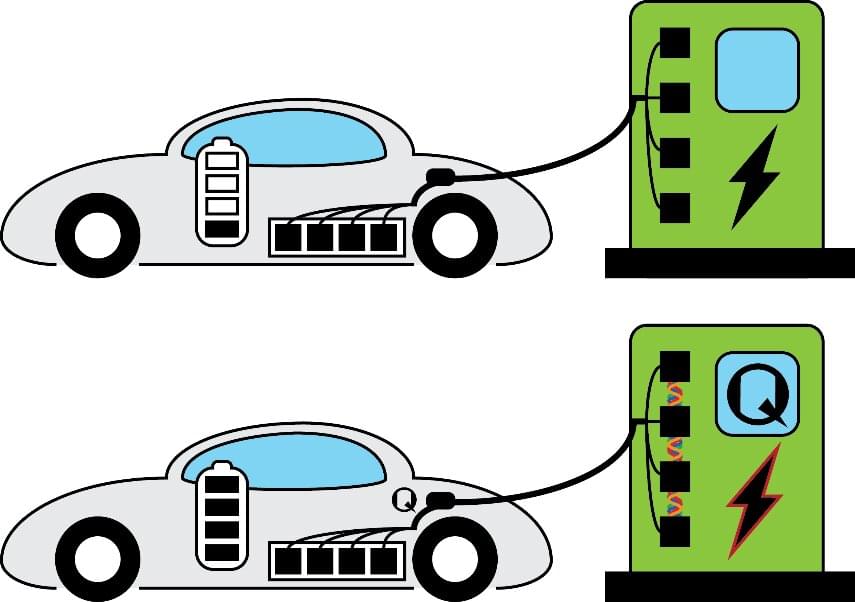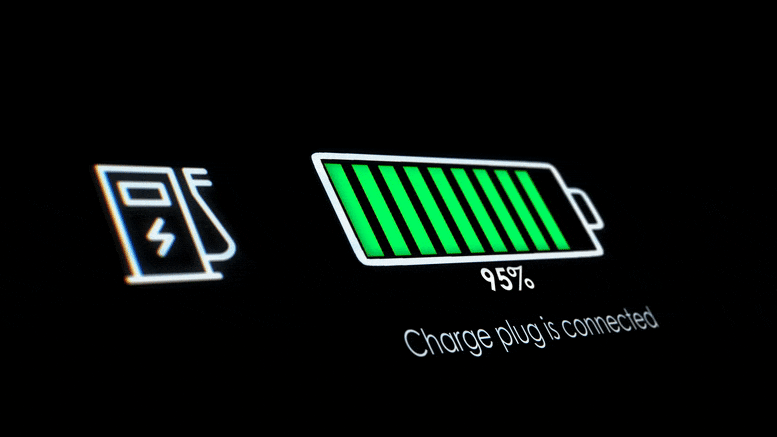Mar 26, 2022
Researchers develop PERC solar cells with 100% recycled silicon
Posted by Shubham Ghosh Roy in categories: climatology, economics, solar power, sustainability
The installations of photovoltaic (PV) solar modules are growing extremely fast. As a result of the increase, the volume of discarded solar modules that end up on the recycling market annually will grow at the same rate in the near future. Currently, the aluminum, glass, and copper of the discarded modules are reprocessed; however, the silicon solar cells are not.
Now, researchers from the Fraunhofer Center for Silicon Photovoltaics CSP and the Fraunhofer Institute for Solar Energy Systems ISE, together with the largest German recycling company for PV modules, Reiling GmbH & Co. KG, have built new PERC solar cells with 100% crystalline silicon recycled from end-of-life photovoltaic panels.
The team has developed a process for recovering the silicon material with funding from the German Federal Ministry for Economic Affairs and Climate BMWK. The technique is claimed to recycle silicon from different types of crystalline silicon PV modules, regardless of manufacturer and origin.
